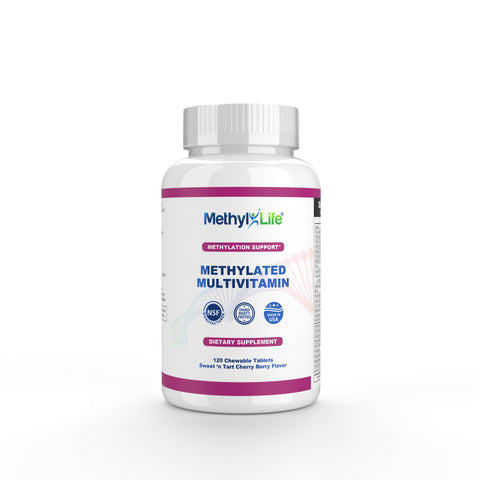What is Vitamin B6?
Vitamin B6 exists in seven different forms. Of these, pyridoxal and pyridoxal 5′-phosphate (PLP) are the major forms obtained from animal protein2, such as liver, beef, pork, and poultry. Pyridoxine, pyridoxamine, PNP (pyridoxine 5′-phosphate), and PMP (pyridoxamine 5'-phosphate) are the main forms obtained from plants, such as cereal grains, bananas, legumes, pistachios, and potatoes.
Pyridoxine is a coenzyme in more than 140 enzyme reactions required to metabolize amino acids, glucose, and lipids. It is also the form used in B6 supplements.
Vitamin B6 is absorbed in the gut and metabolized in the liver, which converts it to PLP, the metabolically active form of B6. PLP functions as a cofactor3 in both steps in the transsulfuration pathway, in which homocysteine is converted to cystathionine and then to cysteine.














